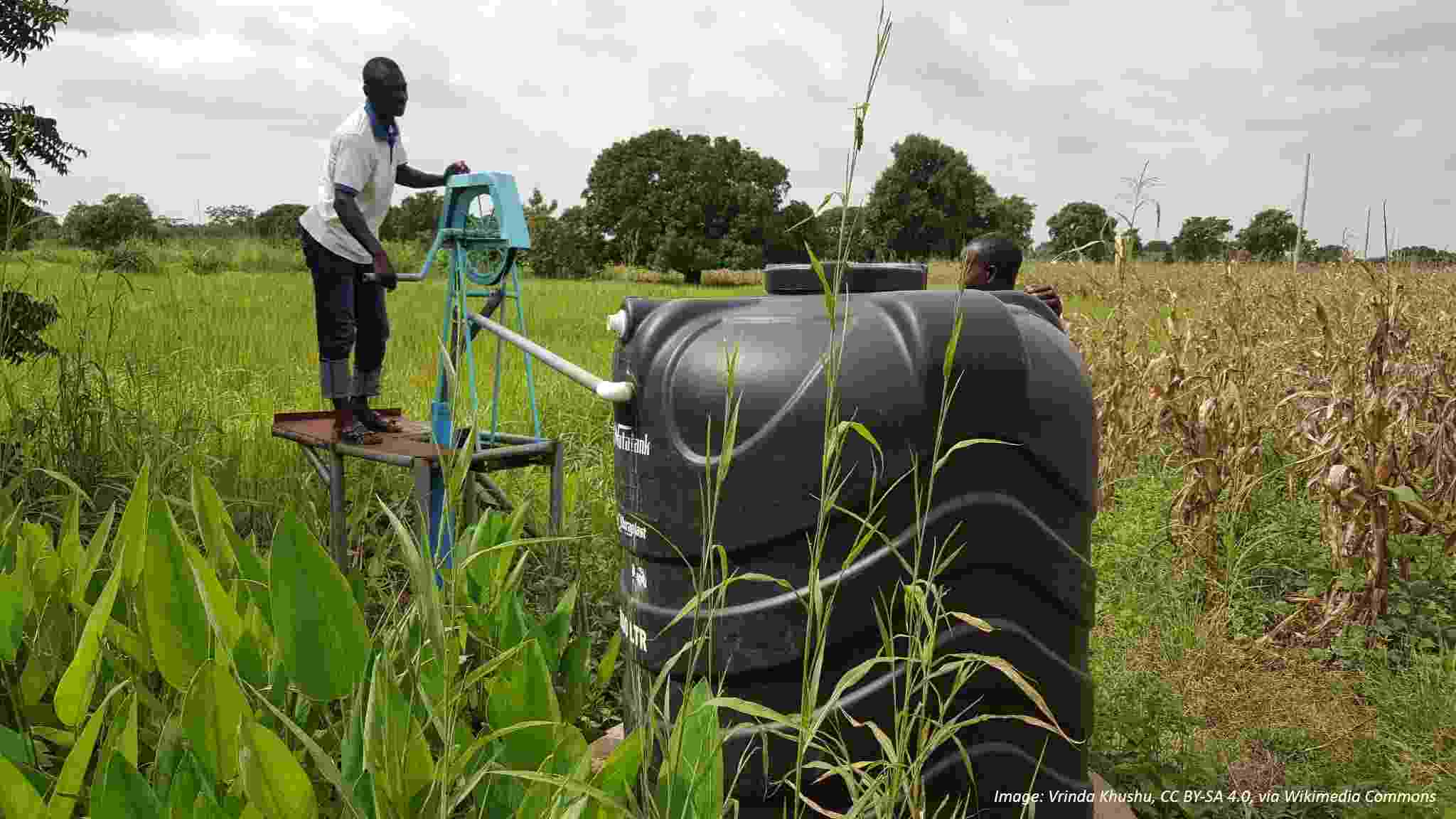Enhanced Soil Moisture Retrieval through Integrating Satellite Data with Pedotransfer Functions
In a Complex Landscape of Ethiopia
27 September 2023


Authors: by Ermias Teferi, Greg O’Donnell, Tibebu Kassawmar, Berihun D. Mersha, and Gebiaw T. Ayele
Remotely sensed soil moisture products potentially provide a valuable resource for monitoring agricultural drought and assessing food security. The agriculture dominated countries of Eastern Africa experience high inter-annual variability of rainfall, but the monitoring and assessment of the predominantly rainfed agriculture systems is hindered by an absence of ground-based observations. This study evaluates the accuracy of three soil moisture products: ASCAT SWI 12.5 km, SMAP soil moisture data 9 km (SPL3SMP_E), and enhanced surface soil moisture map derived through integrating ASCAT SWI and Pedotransfer Functions (PTFs) (ASCAT_PTF_SM), in Ethiopia, through comparison with in situ-observed soil moisture datasets. Additionally, a new water retention PTF, developed for Ethiopian soils, is integrated with a high-resolution soil property dataset to enhance the spatial resolution of the soil moisture product. The results show that the new integrated dataset performs better in terms of unbiased root mean square error (ubRMSE = 0.0398 m3/m3) and bias (0.0222 m3/m3) in comparison with ASCAT SWI 12.5 km (ubRMSE = 0.0.0771 m3/m3, bias = 0.1065 m3/m3). SMAP is found to have limitations during the wet season, overestimating soil moisture. The finer spatial resolution of the data allows for a better depiction of heterogeneity of soil moisture across the landscape and can be used to identify water-related issues and improve hydrological models for agricultural water management.



